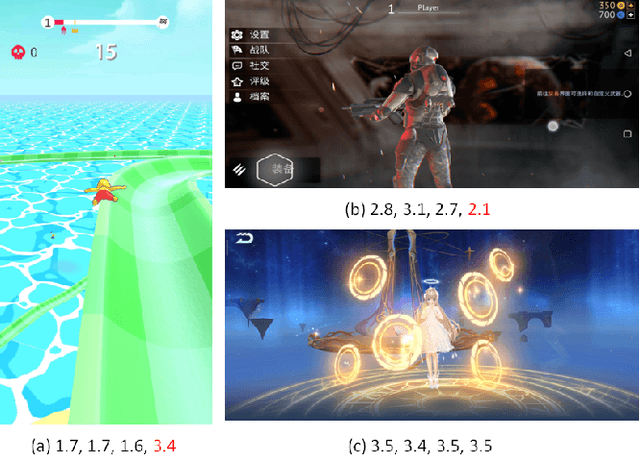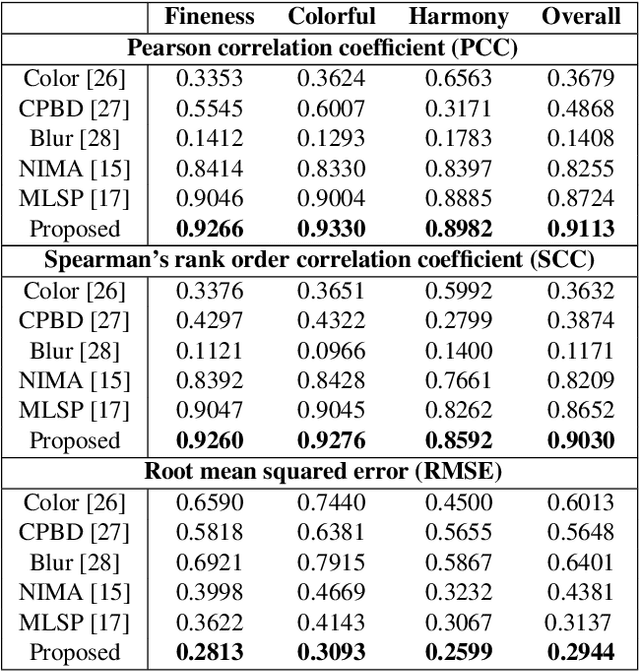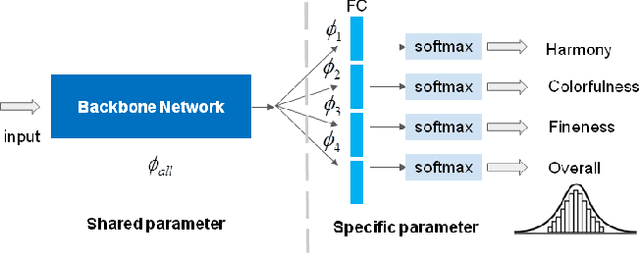Yejing Xie
Local and Global Graph Modeling with Edge-weighted Graph Attention Network for Handwritten Mathematical Expression Recognition
Oct 24, 2024



Abstract:In this paper, we present a novel approach to Handwritten Mathematical Expression Recognition (HMER) by leveraging graph-based modeling techniques. We introduce an End-to-end model with an Edge-weighted Graph Attention Mechanism (EGAT), designed to perform simultaneous node and edge classification. This model effectively integrates node and edge features, facilitating the prediction of symbol classes and their relationships within mathematical expressions. Additionally, we propose a stroke-level Graph Modeling method for both local (LGM) and global (GGM) information, which applies an end-to-end model to Online HMER tasks, transforming the recognition problem into node and edge classification tasks in graph structure. By capturing both local and global graph features, our method ensures comprehensive understanding of the expression structure. Through the combination of these components, our system demonstrates superior performance in symbol detection, relation classification, and expression-level recognition.
Multi-Modal Aesthetic Assessment for MObile Gaming Image
Jan 27, 2021



Abstract:With the proliferation of various gaming technology, services, game styles, and platforms, multi-dimensional aesthetic assessment of the gaming contents is becoming more and more important for the gaming industry. Depending on the diverse needs of diversified game players, game designers, graphical developers, etc. in particular conditions, multi-modal aesthetic assessment is required to consider different aesthetic dimensions/perspectives. Since there are different underlying relationships between different aesthetic dimensions, e.g., between the `Colorfulness' and `Color Harmony', it could be advantageous to leverage effective information attached in multiple relevant dimensions. To this end, we solve this problem via multi-task learning. Our inclination is to seek and learn the correlations between different aesthetic relevant dimensions to further boost the generalization performance in predicting all the aesthetic dimensions. Therefore, the `bottleneck' of obtaining good predictions with limited labeled data for one individual dimension could be unplugged by harnessing complementary sources of other dimensions, i.e., augment the training data indirectly by sharing training information across dimensions. According to experimental results, the proposed model outperforms state-of-the-art aesthetic metrics significantly in predicting four gaming aesthetic dimensions.
 Add to Chrome
Add to Chrome Add to Firefox
Add to Firefox Add to Edge
Add to Edge